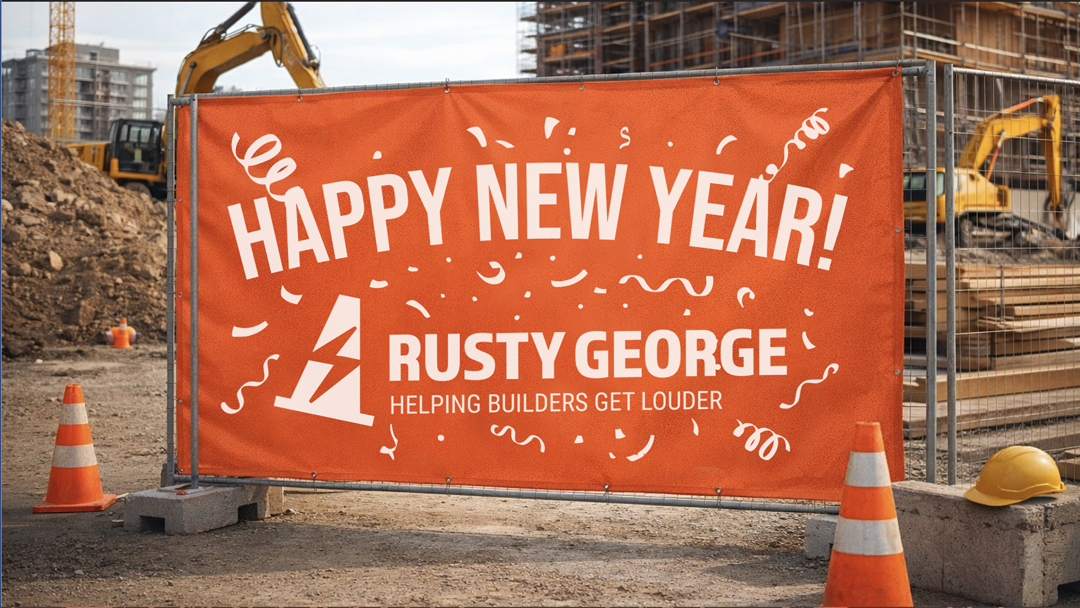Level Up Your Business With Green Certifications
Incorporating green building certifications into your processes and brand messaging could be the key to edging out the competition.

Being a certified green builder could help you win bids and brand loyalty.
We understand it can be challenging for smaller building firms to win proposals and attract and retain talent over their larger counterparts. But with requests for green building more popular than ever, incorporating sustainable building practices into your processes – and promoting those practices in your brand messaging – could be the key to edging out your competition.
Most building professionals are aware of the Leadership in Energy and Environmental Design (LEED) certification issued by the U.S. Green Buildings Council, which uses a points-based rating system to determine the sustainability of building projects across nine separate programs. However, there are a number of other green certification programs that might be a better fit for your business. Here’s a roundup of other accreditations you might want to consider using as a marketing tool:
Green building in the United States
EDGE. Offered through the Department of Energy and the Environmental Protection Agency (EPA), the Excellence in Design for Greater Efficiencies (EDGE) certification uses proprietary EDGE software to help builders identify the most cost-effective strategies to reduce energy and water use. EDGE requires a minimum projected reduction of 20% in energy and water use and embodied energy in materials compared to standard local building specs. To get started, download the free, web-based EDGE App.
Energy Star. A building must earn an Energy Star score of 75 or higher on the Environmental Protect Agency’s (EPA) 1 – 100 scale to qualify for Energy Star certification, meaning it performs better than at least 75 percent of comparable buildings nationwide. Each Energy Star score is calculated using the EPA’s Energy Star Portfolio Manager tool and is based on the actual, measured energy use of a building. Each evaluation also considers operating conditions, regional weather data, and other contributing factors.
Green Globes. The Green Globes Building certification is a science-based rating system from the Green Building Initiative that aims to help builders reduce operating costs and qualify for tax incentives through green building. The Green Globes Building certification specifically indicates an unbiased, third-party organization has verified your energy and water conservation efforts, sustainable materials, and the efficiency of your work timeline.
GreenGuard. The UL GreenGuard certification tracks sustainable emission limits and was originally used by the EPA and the state of Washington to standardize purchasing specifications for furniture and commercial building products. The GreenGuard certification specifically aims to reduce indoor air pollution and the risk of chemical exposure.
WELL Building Standard. WELL certification is a performance-based system for measuring, certifying, and monitoring features of a building project that impact human health and well-being. Builders pursuing WELL certification earn points across various policy, design, and operational strategies and can achieve one of four certification levels: Bronze, Silver, Gold, or Platinum.
International green certifications
BREEAM. Administered by the UK-based Building Research Establishment (BRE), the Building Research Establishment Environmental Assessment Methodology (BREEAM) certification is one of the oldest methods of assessing, rating, and certifying the environmental sustainability of a building. BREEAM ranks the level of sustainability across nine categories: Energy, Waste, Water, Materials, Health and Wellbeing, Transport, Pollution, Land Use and Ecology, and Management.
CASBEE. Established in 2001 by a Japanese research committee, the Comprehensive Assessment System for Built Environment Efficiency (CASBEE) is a method for evaluating and rating the environmental performance of buildings and the built environment. CASBEE manuals and assessment software programs are available on the official website for use outside Japan but may not be used to apply to an accredited certification body.
GreenStar. Available through the Australia-based Green Home Institute (formerly the Alliance for Environmental Sustainability), the GreenStar Home certification helps builders make more sustainable choices when executing designs, interior renovations, and overall energy performance. There are four separate GreenStar categories: Building Design and Construction, Operation, Interior Staging, and Communities.
Living Building Challenge. The International Living Future Institute’s (ILFI) Zero Energy (ZE) certification celebrates projects demonstrating zero energy performance. The only international zero energy certification in existence, the ZE certification requires an audit of real building data and awards projects harnessing energy from the sun, wind, or earth to produce net annual energy demand.
NABERS. The National Australian Built Environment Rating System (NABERS) works with Climate Active to provide a carbon-neutral certification and awards ratings from one to six stars for building efficiency across energy, water, waste, and indoor environment. While the NABERS rating is only valid for 12 months, the annual model helps ensure your rating represents the current operational performance of your projects or workplace.
The best green building certification for you
While it’s common for building professionals to treat sustainability practices as an afterthought when submitting proposals and promoting work online, trends suggest integrating sustainable practices into your business philosophy and using green building as a marketing strategy can help take your brand messaging to the next level. Simply put: If you want to bring in more green, it’s time to think about going green.
One of the most important things to consider when comparing the certifications mentioned above is the value of U.S. accreditations versus those recognized internationally. Will obtaining a U.S. certification position you as just another green builder? Will adding an international certification be the thing that makes you stand out among your peers? Would it be beneficial to submit for a combination of both? Make sure you talk to your team and answer these questions before you dive in head first.
Source: Sharp Launch, Yale Sustainability
Photo credit: Pexels
MORE Insights
Unlock the secrets to transforming your construction company into a marketing powerhouse with Louder Builder.

2026 Starts Now. Five Reminders to Strengthen Your Year Ahead

Small Moves Now. Big Wins Next Year
SIGN UP FOR UPDATES
We will send you our latest insights from Louder Builder as they are released.
CONTACT US
Are you ready to begin your project today? Just have a few questions?
Either way, let’s talk.
